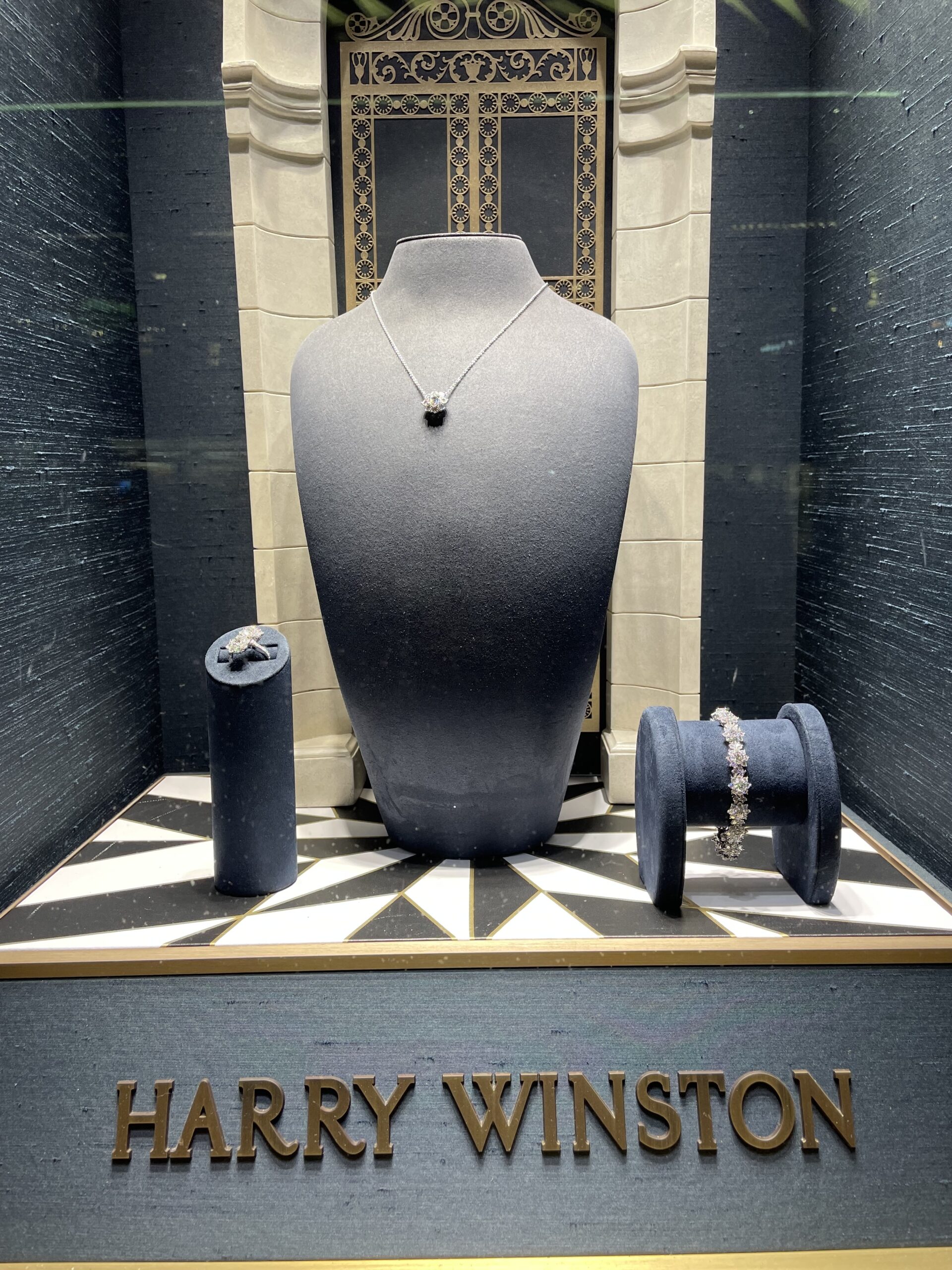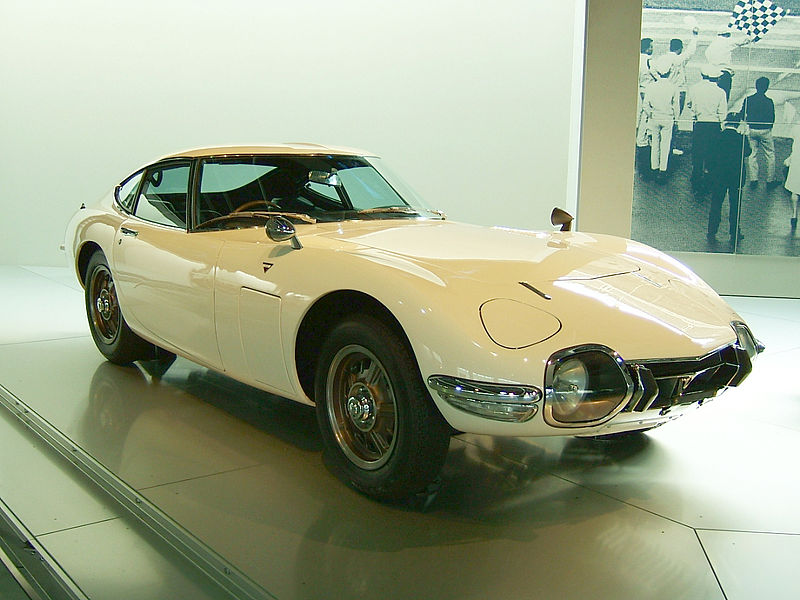Florida is known for its beaches and sunshine, but it’s also home to some of the oldest cities in the United States, each with its own unique history and charm. From Spanish colonial settlements to historic river towns and early frontier outposts, these cities capture the story of Florida’s growth over the centuries. Many of these places began as strategic military forts, trade hubs, or agricultural centers, and today, they continue to preserve their past through beautifully restored architecture, historic districts, and cultural events. Exploring these cities offers a fascinating journey through time, highlighting Florida’s diverse influences from Spanish, French, British, and early American settlers. Whether it’s the cobblestone streets of St. Augustine or the coastal charm of Cedar Key, each of these cities reveals a piece of Florida’s rich heritage.
St. Augustine
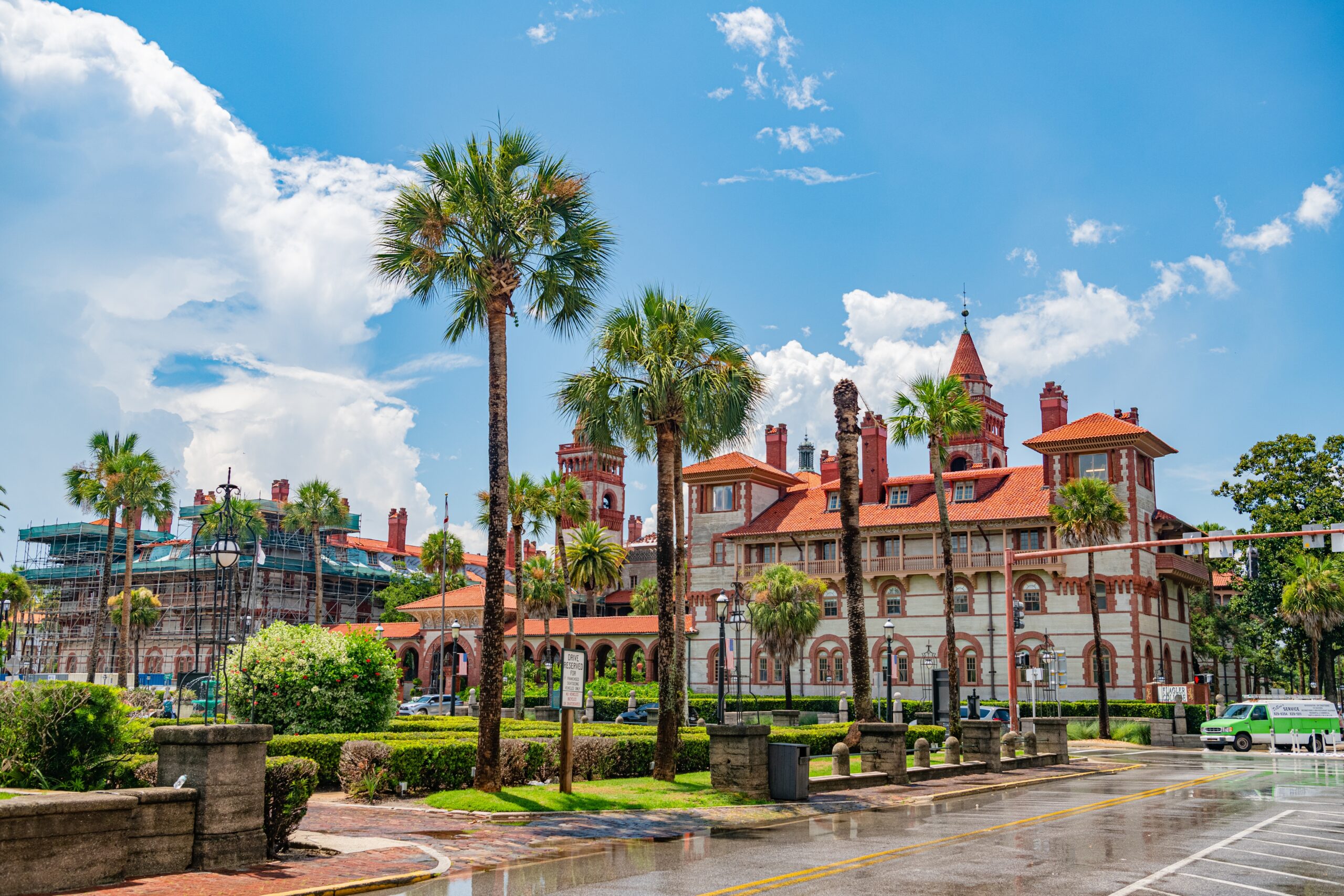
Founded by Spanish admiral Pedro Menéndez de Avilés in 1565, St. Augustine holds the title of the oldest European-established city in the U.S. As a strategic military post and trade center, the city’s colonial architecture reflects its Spanish heritage. Over time, St. Augustine evolved from a fortress settlement into a charming city with cobblestone streets, Spanish colonial homes, and historic churches. The iconic Castillo de San Marcos, a 17th-century fort, stands as a reminder of the city’s tumultuous past under multiple European flags. After passing from Spanish to British, and later American hands, St. Augustine emerged as a cultural hub. Historic landmarks like the Fountain of Youth Archaeological Park attract visitors looking to glimpse its past. Today, St. Augustine is renowned for its well-preserved colonial architecture and vibrant cultural scene, making it a must-visit historical gem.
Pensacola
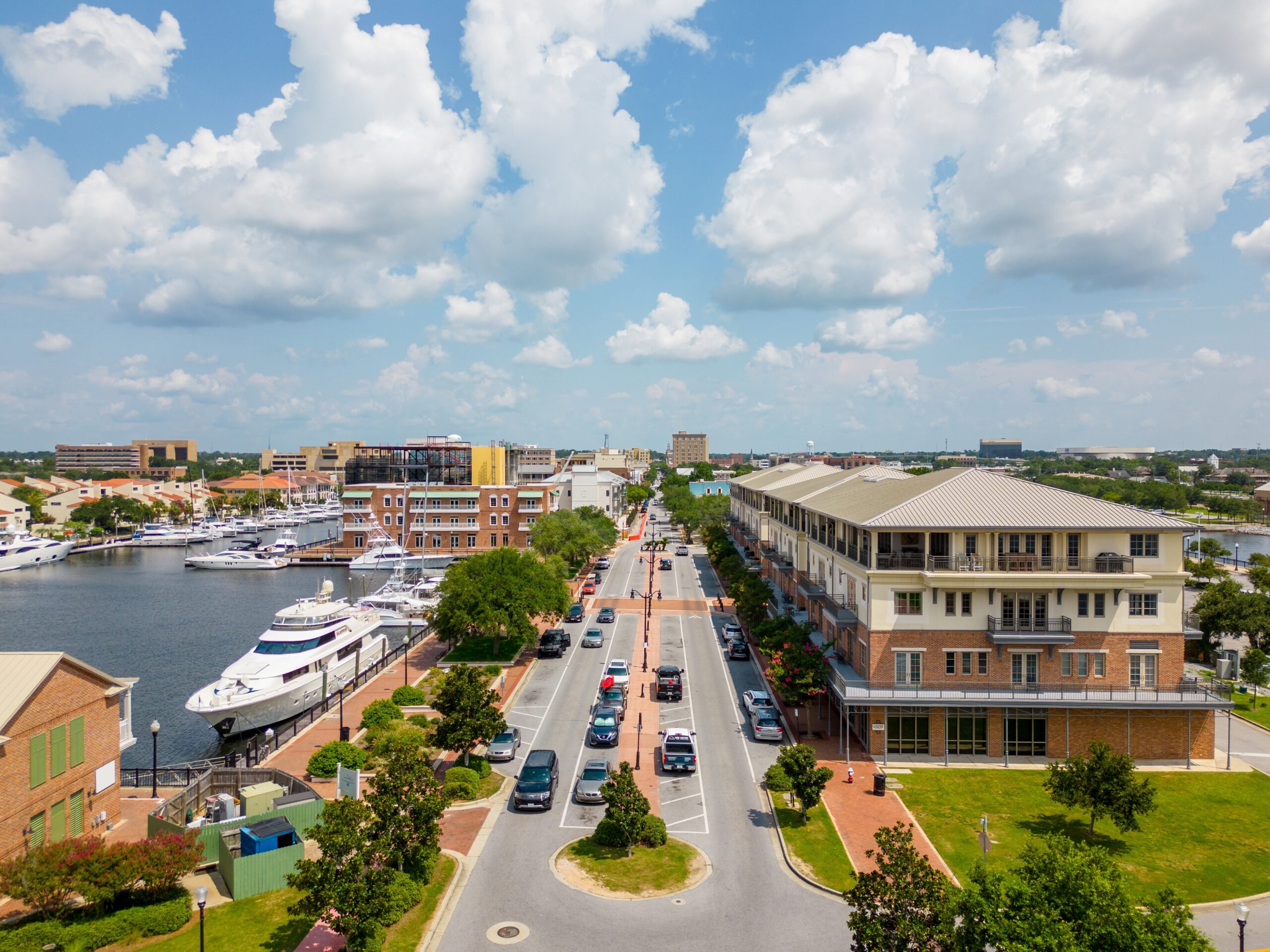
Founded in 1559 by Tristán de Luna, Pensacola predates St. Augustine by six years, although its first settlement was abandoned due to hurricanes. Nicknamed the “City of Five Flags” for the various nations that have governed it, Pensacola has Spanish, French, British, Confederate, and American heritage. Its strategic location on the Gulf of Mexico made it an important port city, and the establishment of the Naval Air Station in 1825 further enhanced its significance. Fort Pickens, a Civil War-era fort on Santa Rosa Island, stands as a symbol of the city’s military legacy. Pensacola’s historic downtown area boasts restored 19th-century architecture, museums, and cultural sites. The annual Great Gulfcoast Arts Festival and Blue Angels air show highlight its deep ties to both arts and the military. Today, Pensacola remains a vibrant community with a blend of historic charm and coastal appeal.
Key West
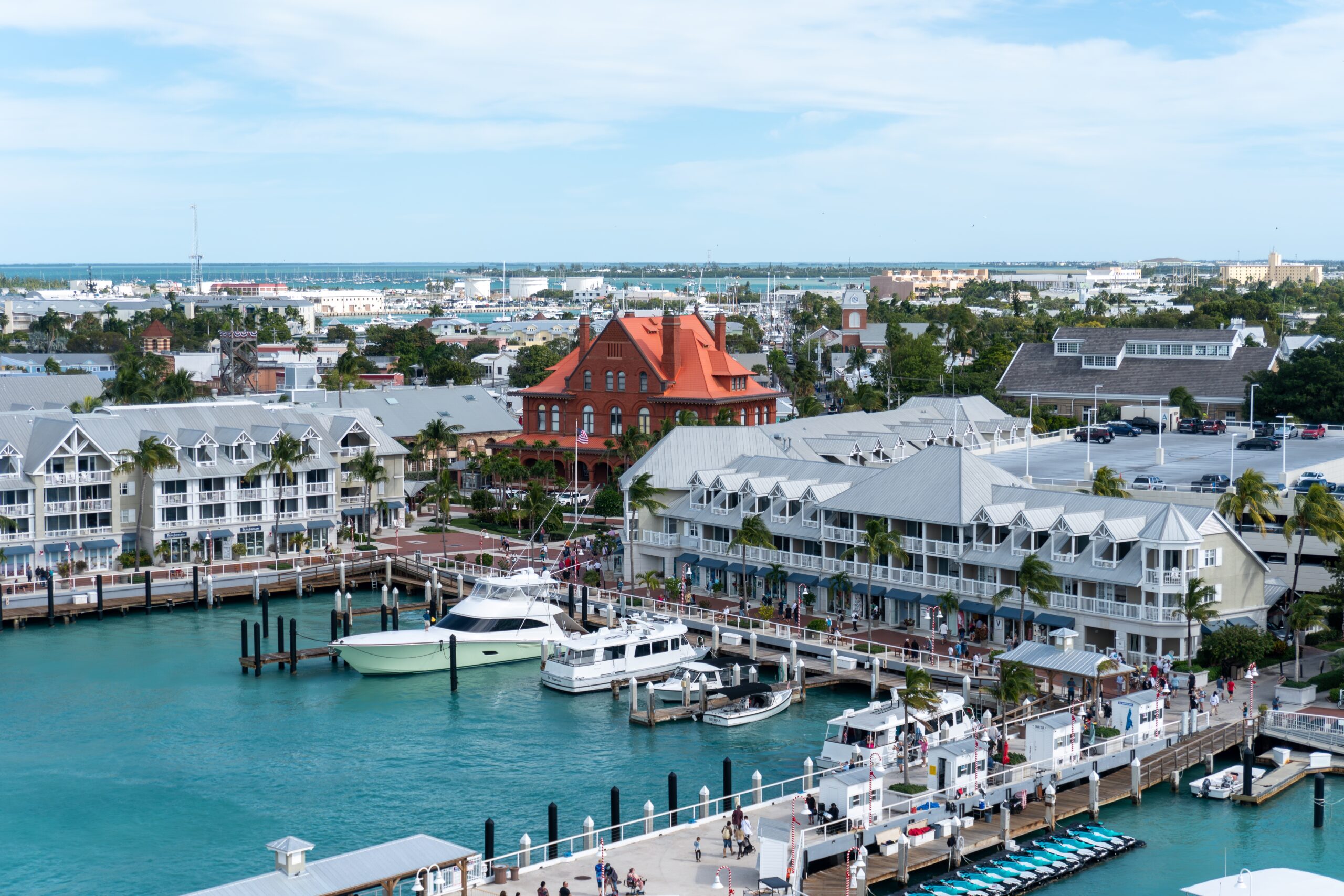
The history of Key West dates back to the early 1820s, when settlers from the Bahamas established a community on the island. Its strategic location made it an important stop for shipping and trade, with shipwreck salvaging becoming a major industry. By the mid-1800s, Key West was one of the wealthiest cities per capita in the U.S., largely due to its maritime activities. Key West’s architecture reflects its multicultural influences, with structures ranging from Caribbean-style wooden houses to Victorian mansions. The city’s Old Town is a historic district that retains much of its 19th-century character, with narrow streets, colorful houses, and lush vegetation. Famous residents like Ernest Hemingway left an indelible mark on the area, adding to its literary and cultural allure. Today, Key West is known for its lively arts scene, eclectic history, and laid-back atmosphere.
Tampa

Founded in 1824 as Fort Brooke, Tampa initially served as a frontier outpost during the Seminole Wars. The arrival of railroads in the late 1800s transformed it into a bustling hub, especially with the growth of Ybor City, a district famed for its cigar factories. Cuban, Spanish, and Italian immigrants flocked to Tampa, creating a melting pot of cultures that’s still evident today. Iconic sites like the Tampa Bay Hotel, now part of the University of Tampa, exemplify the city’s gilded era grandeur. Tampa’s Ybor City Historic District, known for its brick streets and cigar shops, reflects its immigrant heritage and lively past. Major attractions include the Henry B. Plant Museum, the Tampa Theatre, and historic Hyde Park. Tampa has evolved into a major metropolitan area, blending its rich history with modern developments and cultural diversity.
Jacksonville

Jacksonville was established in 1822 and named after Andrew Jackson, the first military governor of Florida and later president. The city’s location along the St. Johns River made it a vital trading post and transportation hub, connecting Florida to the rest of the South. During the Civil War, Jacksonville became a focal point due to its port access and strategic location. The city’s architecture reflects its post-war rebuilding, with historic neighborhoods like Riverside and Springfield showcasing Victorian and Mediterranean-style homes. The Great Fire of 1901 destroyed much of downtown Jacksonville, but the city quickly rebounded with new construction and infrastructure. Today, Jacksonville’s downtown area is known for its arts, music festivals, and thriving culinary scene. As Florida’s largest city by land area, Jacksonville offers a blend of historic charm and modern amenities.
Fernandina Beach
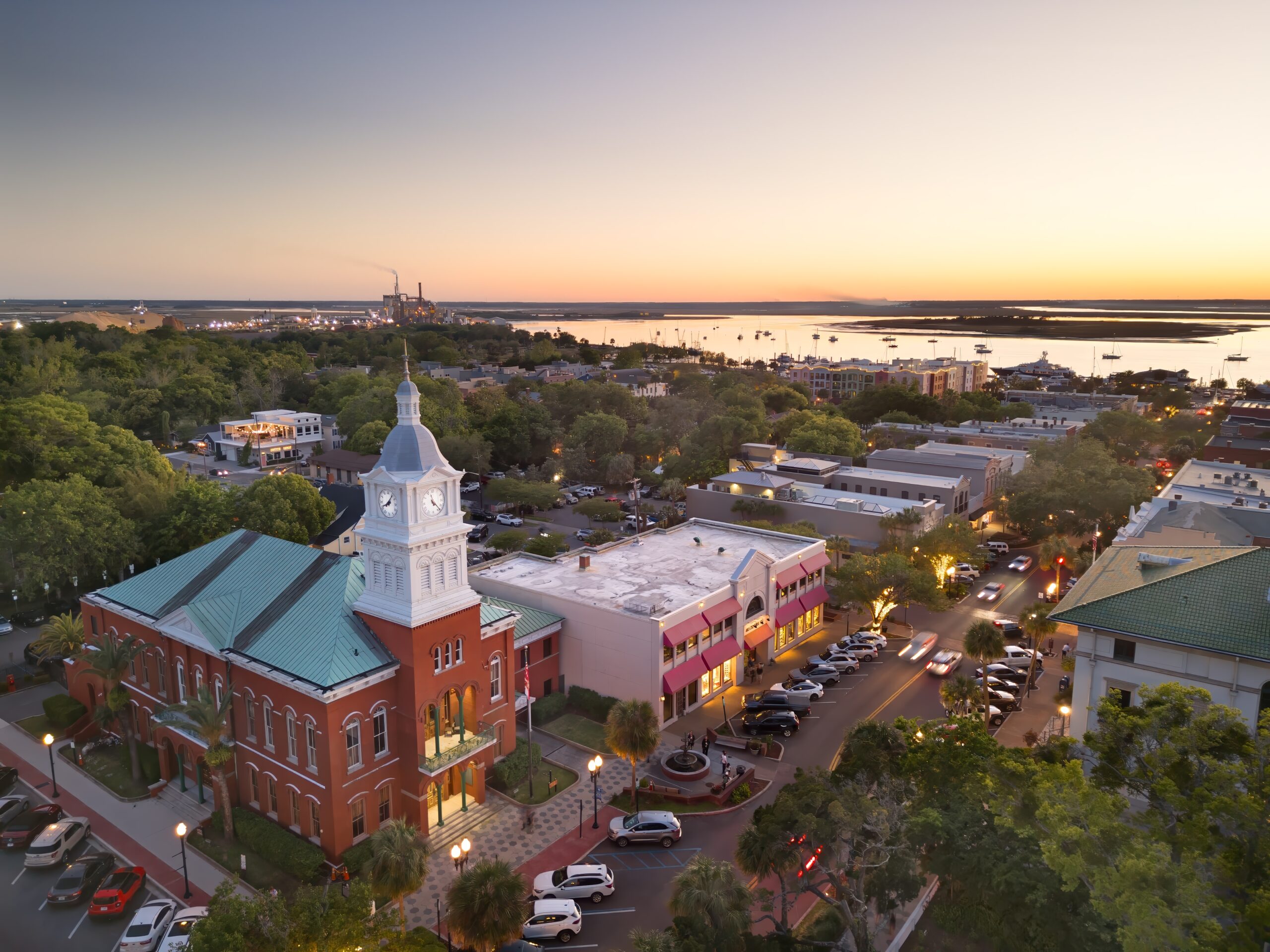
Fernandina Beach, founded in 1811 on Amelia Island, has a unique history as the “Isle of Eight Flags,” having flown the flags of eight different nations. The area’s early economy was rooted in shipping and fishing, with Spanish, British, and American settlers contributing to its development. The town’s historic district is filled with beautifully restored Victorian homes, reminiscent of its 19th-century boom. The Amelia Island Lighthouse, Florida’s oldest lighthouse, stands as a testament to the city’s maritime past. Annual festivals, such as the Isle of Eight Flags Shrimp Festival, celebrate Fernandina Beach’s coastal heritage and local culture. Its scenic downtown area offers boutiques, art galleries, and seafood restaurants. Today, Fernandina Beach is beloved for its charm, natural beauty, and historic preservation efforts.
Tallahassee
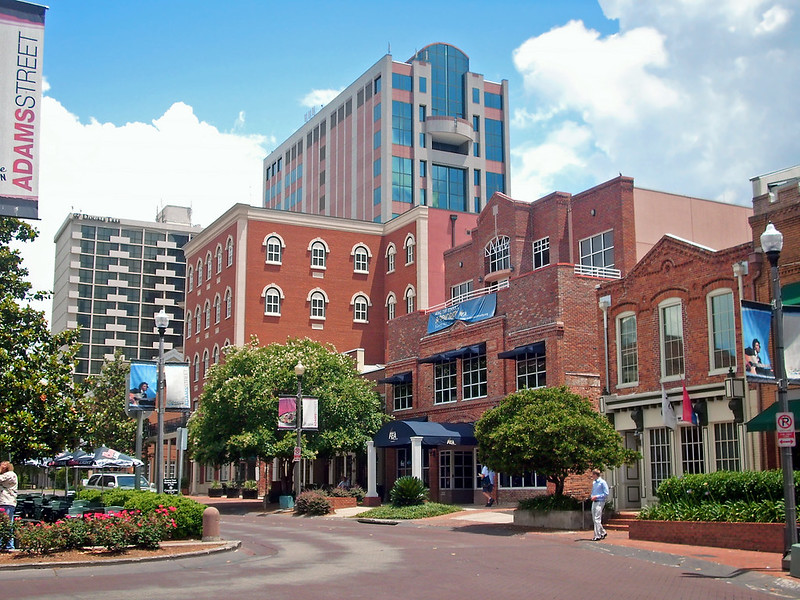
Chosen as the state capital in 1824, Tallahassee was strategically located midway between the rival cities of Pensacola and St. Augustine. Its location made it accessible for early lawmakers and pioneers alike. Tallahassee’s history is deeply intertwined with Southern culture, reflected in its historic plantations and antebellum architecture. The Old Capitol Building, built in 1845, remains a prominent landmark and museum. With two major universities—Florida State University and Florida A&M University—the city has a vibrant academic and cultural scene. Tallahassee’s historic districts, such as Frenchtown, showcase the African American heritage of the area. The city’s canopy roads and oak-lined streets provide a picturesque backdrop to its rich history. Tallahassee’s combination of political significance and southern heritage makes it a standout city in Florida.
Apalachicola
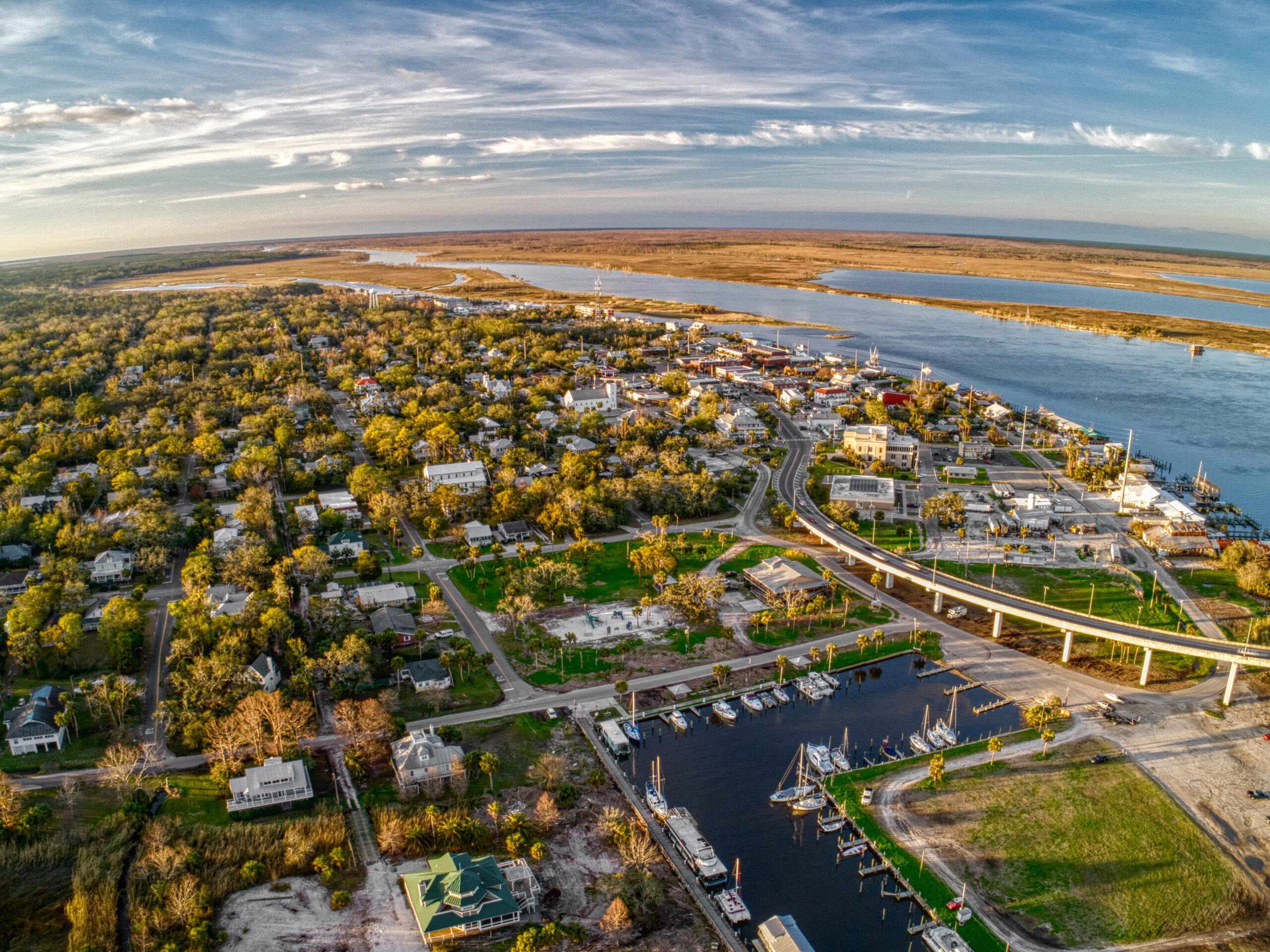
Founded in 1827, Apalachicola was once the third-largest port on the Gulf of Mexico, primarily exporting cotton. Named after the Native American tribe that inhabited the region, Apalachicola means “land of the friendly people.” The town became known for its seafood industry, especially its oysters, which remain a staple of the local economy. The historic downtown area is lined with well-preserved 19th-century buildings, many of which now house boutiques, galleries, and cafes. Maritime landmarks like the Orman House and the John Gorrie Museum showcase the town’s industrial past and innovation. Apalachicola’s small-town feel and scenic beauty attract visitors looking for a peaceful getaway. Its enduring connection to the sea and friendly atmosphere make it a charming piece of Florida’s history.
Miami
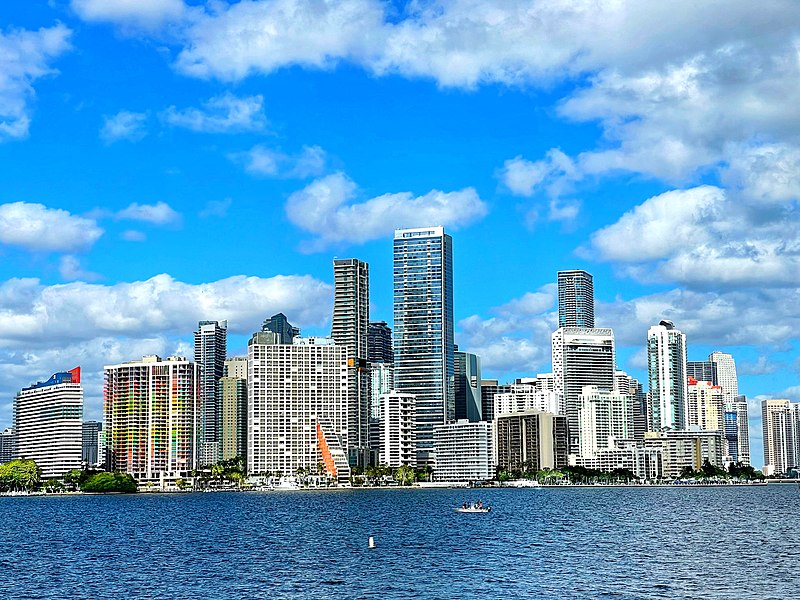
Though officially founded in 1896, Miami’s history stretches back centuries, with the Tequesta people inhabiting the area long before European settlers arrived. It wasn’t until railroad tycoon Henry Flagler extended his railroad that Miami truly began to grow, transforming from a trading post into a bustling city. Miami’s early settlers hailed from the Bahamas, Cuba, and nearby Caribbean islands, giving it a distinct cultural blend that remains evident today. Coconut Grove, the city’s oldest continuously inhabited neighborhood, preserves many historic homes and public spaces. The area’s tropical climate and proximity to the sea have long attracted settlers and entrepreneurs alike. Art Deco architecture in South Beach highlights Miami’s early 20th-century boom. Today, Miami’s unique blend of cultures and vibrant history make it a premier destination for travelers worldwide.
Gainesville
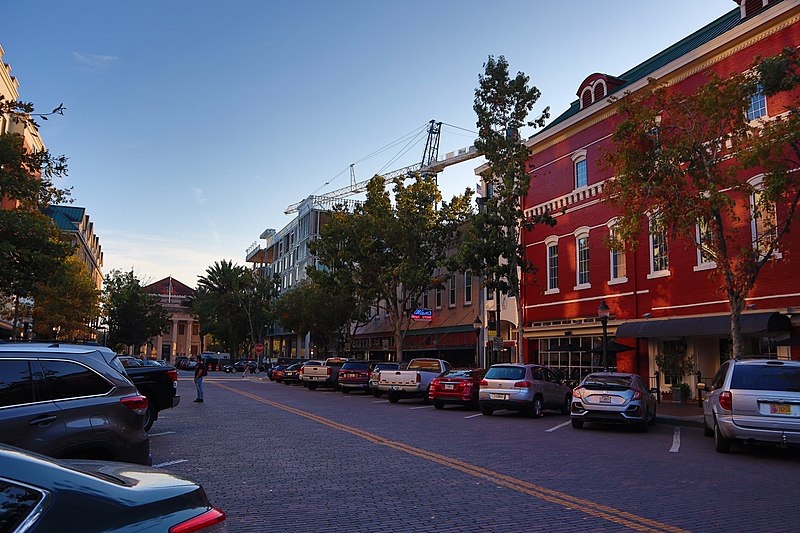
Founded in 1854, Gainesville was initially a railroad town that quickly grew due to its agricultural success, especially in cotton and tobacco. The town’s development was further spurred by the establishment of the University of Florida, making Gainesville a center of academia and research. Victorian-style architecture is prominent in its historic neighborhoods, reflecting the town’s 19th-century charm. The Matheson History Museum and local landmarks capture Gainesville’s historical roots and significance. Today, Gainesville’s student population contributes to a lively arts scene and vibrant culture. The town’s historic charm, combined with its youthful energy, makes it a unique place in Florida. Gainesville continues to grow, retaining its roots in education and culture.
Fort Myers
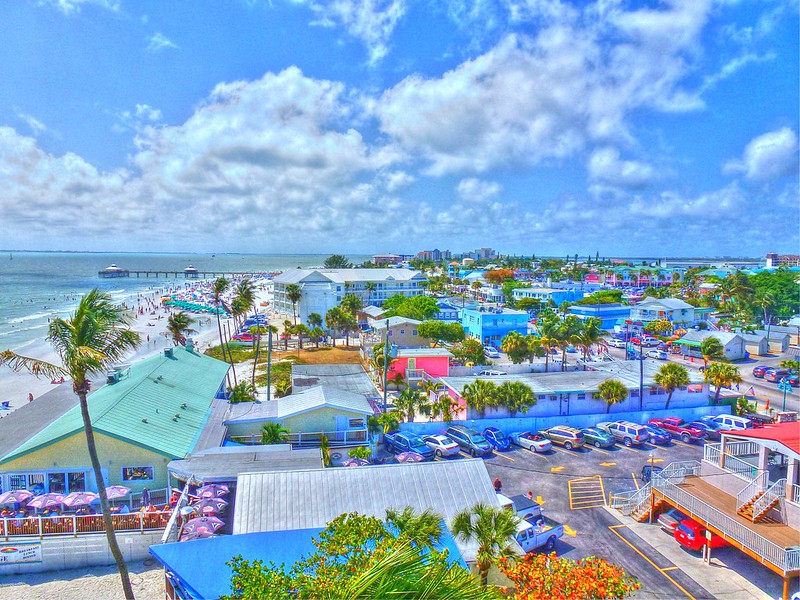
Fort Myers began as a military post in 1850 during the Seminole Wars and later developed into a winter retreat for wealthy industrialists like Thomas Edison and Henry Ford. The town officially incorporated in 1886, and soon after, the Tamiami Trail brought tourists eager to experience its mild winter weather. Fort Myers’ historic downtown is filled with restored buildings, showcasing a mix of architectural styles from the late 19th and early 20th centuries. The Edison and Ford Winter Estates remain major attractions, drawing visitors interested in the area’s innovative past. Scenic views of the Caloosahatchee River add to the city’s appeal, blending natural beauty with history. Today, Fort Myers is a thriving community that values both its historical heritage and its modern development. The city’s charm continues to attract residents and visitors alike.
Daytona Beach
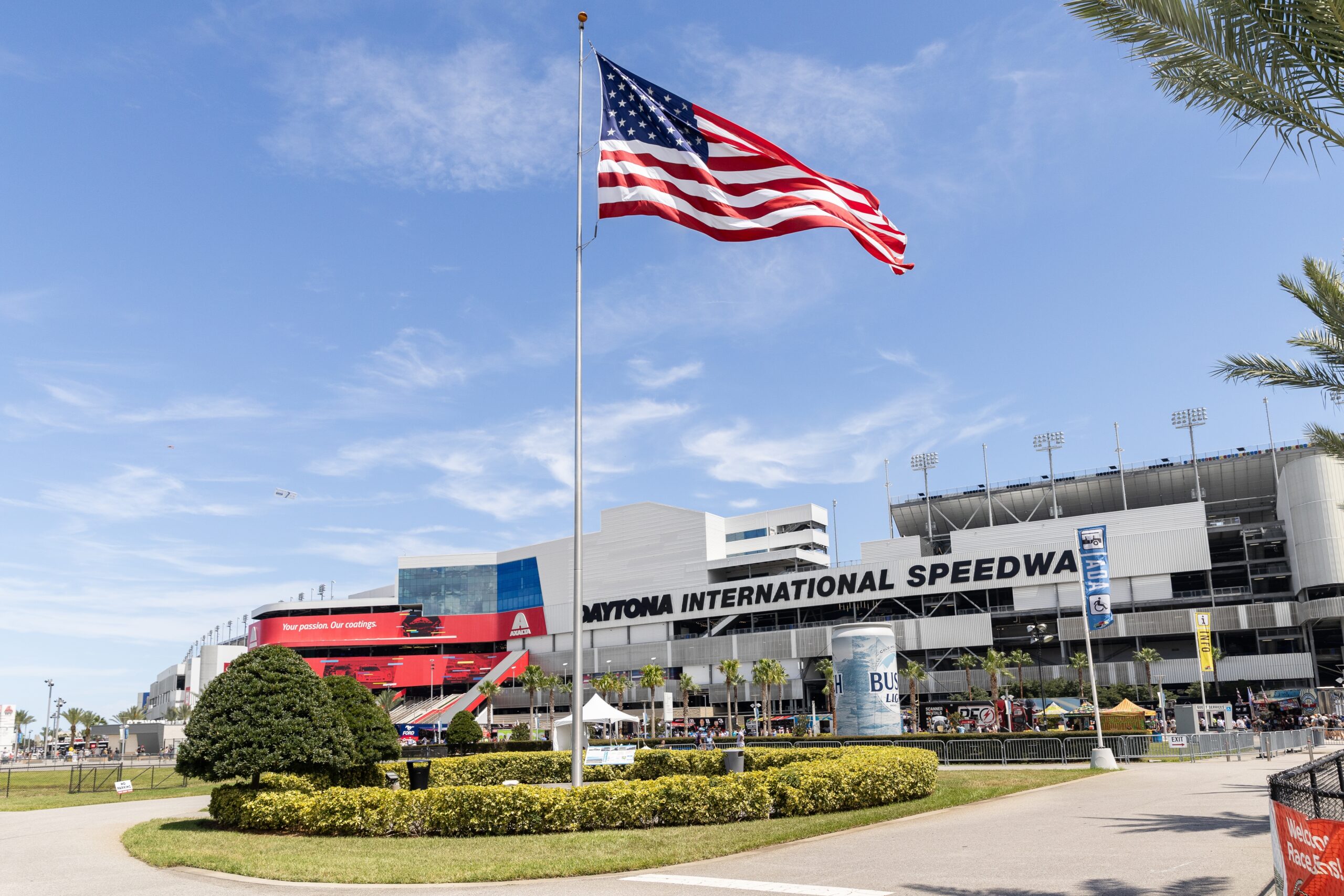
Founded in 1870, Daytona Beach quickly became popular for its unique, hard-packed sand, ideal for early automobile and motorcycle races. The city’s beach became an impromptu race track, and by 1903, it was a recognized destination for speed enthusiasts. Daytona’s fame grew with the establishment of the Daytona International Speedway, solidifying its reputation in motorsports. The boardwalk, historic hotels, and beachfront add a nostalgic feel to this vibrant coastal city. Its main street and beachside attractions capture Daytona’s long-standing love affair with racing and beach culture. Visitors can enjoy a mix of historical sites and thrilling events throughout the year. Daytona Beach remains a favorite for those looking to experience Florida’s racing legacy and beachfront fun.
Deland
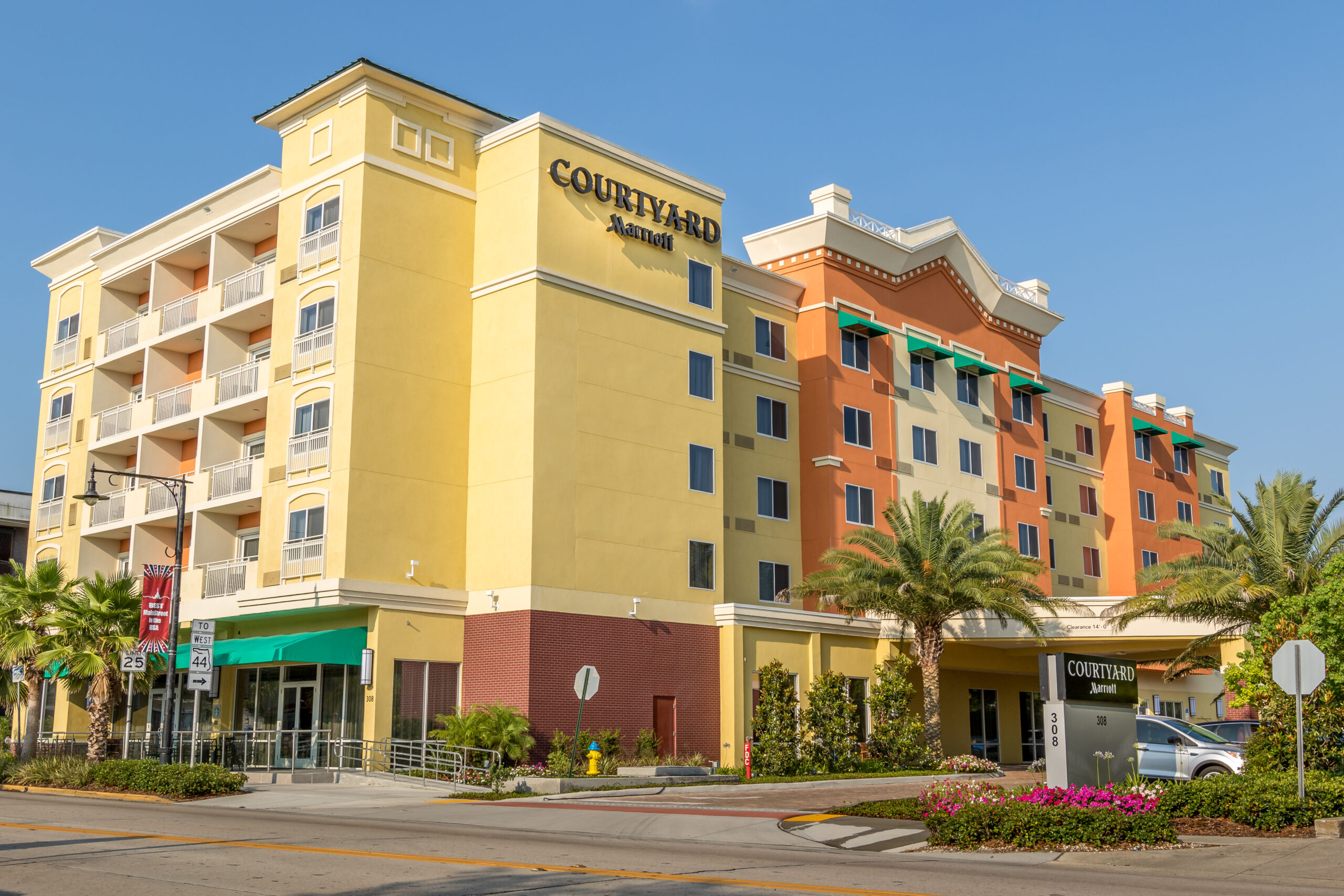
Established in 1876 by Henry DeLand, a New York businessman, Deland was envisioned as a center for culture and education. Stetson University, Florida’s oldest private college, was established here, contributing to the city’s academic atmosphere. Downtown Deland boasts beautiful, well-preserved architecture from the late 1800s, including the grand Stetson Mansion. Known as the “Athens of Florida,” Deland has a rich artistic and cultural history, with theaters, museums, and galleries adding to its appeal. The city is also known for its strong commitment to preserving historical landmarks and hosting cultural events. Deland’s small-town feel, combined with its dedication to history and education, creates a unique charm. Today, it remains a welcoming city with deep historical and cultural roots.
Bartow
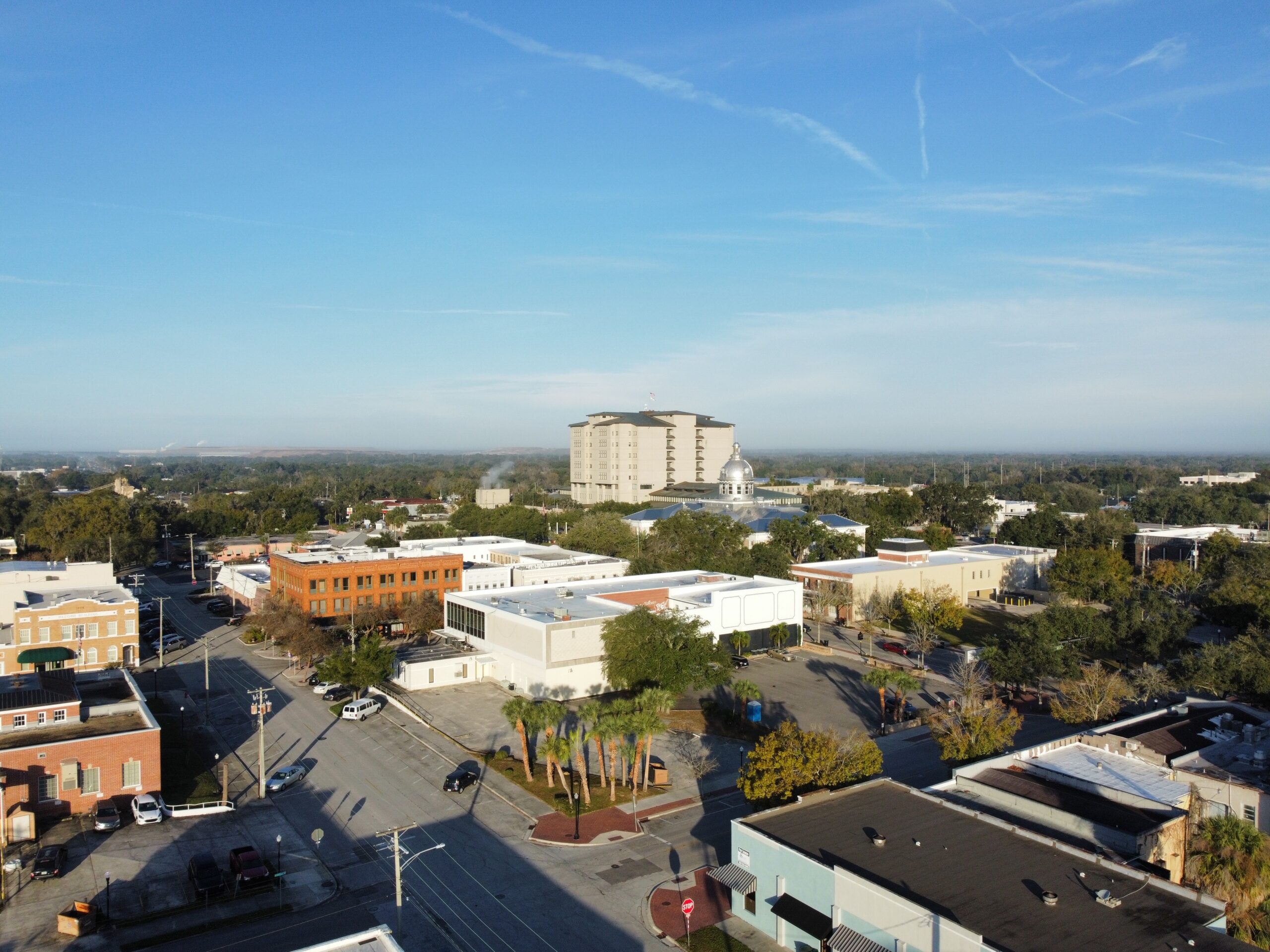
Bartow, founded in 1851, is often called the “City of Oaks” due to its abundance of beautiful oak trees lining the streets. Its economy originally revolved around agriculture, with citrus farming and phosphate mining playing significant roles. The city’s historic downtown district preserves many 19th-century buildings, giving visitors a glimpse into its early days. The Polk County Historical Museum serves as a center for learning about Bartow’s regional significance and rich history. Annual events and festivals bring residents together to celebrate its heritage. Bartow is a city that balances growth with the preservation of its historic character. Visitors enjoy its scenic oak-lined streets and charming, small-town atmosphere.
Palatka

Founded in the early 1820s, Palatka is one of Florida’s oldest river towns, nestled along the banks of the St. Johns River. The city thrived during the steamboat era, serving as a hub for trade and transportation. Palatka’s economy grew with the export of citrus, timber, and phosphate, attracting settlers and businesses. Historic homes and riverfront landmarks showcase the town’s significance during Florida’s early development. The Ravine Gardens State Park and local museums highlight the area’s natural beauty and history. Palatka hosts annual festivals celebrating its heritage, particularly the Azalea Festival in spring. Today, it is a peaceful riverfront town that preserves its historical legacy.
Ocala
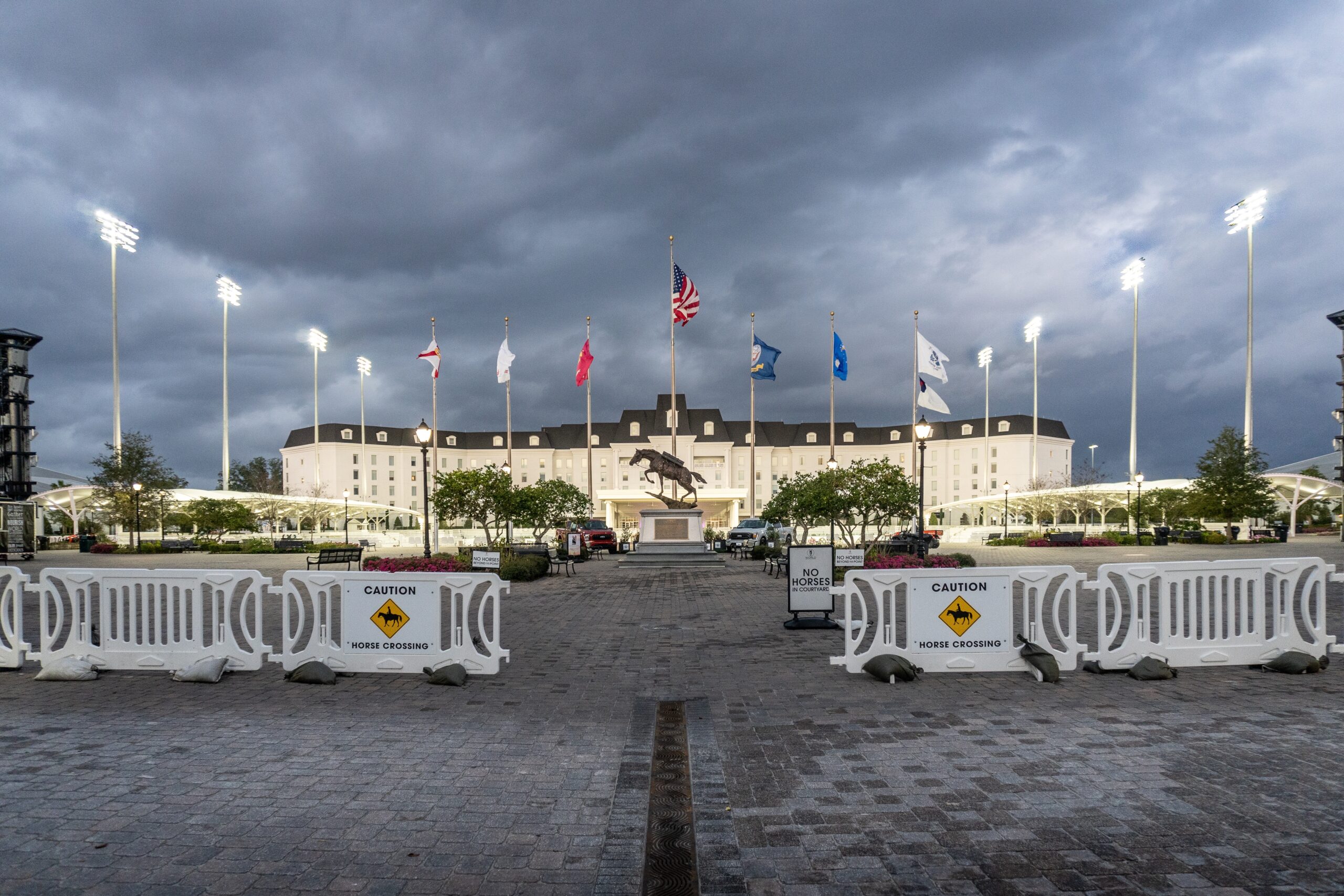
Established in 1846, Ocala developed quickly due to its location in Florida’s fertile “horse country.” The city became a major agricultural center, with citrus groves and horse farms supporting its early economy. Ocala’s historic district features charming Victorian homes and tree-lined streets that reflect its Southern roots. The Silver Springs attraction, one of Florida’s first tourist destinations, put Ocala on the map in the 19th century. The area is still renowned for its equestrian culture, with thoroughbred horse farms contributing to its economic and cultural significance. Ocala’s history and reputation as a center for horse breeding continue to draw visitors. Today, it remains one of Florida’s most charming inland cities.
Cedar Key
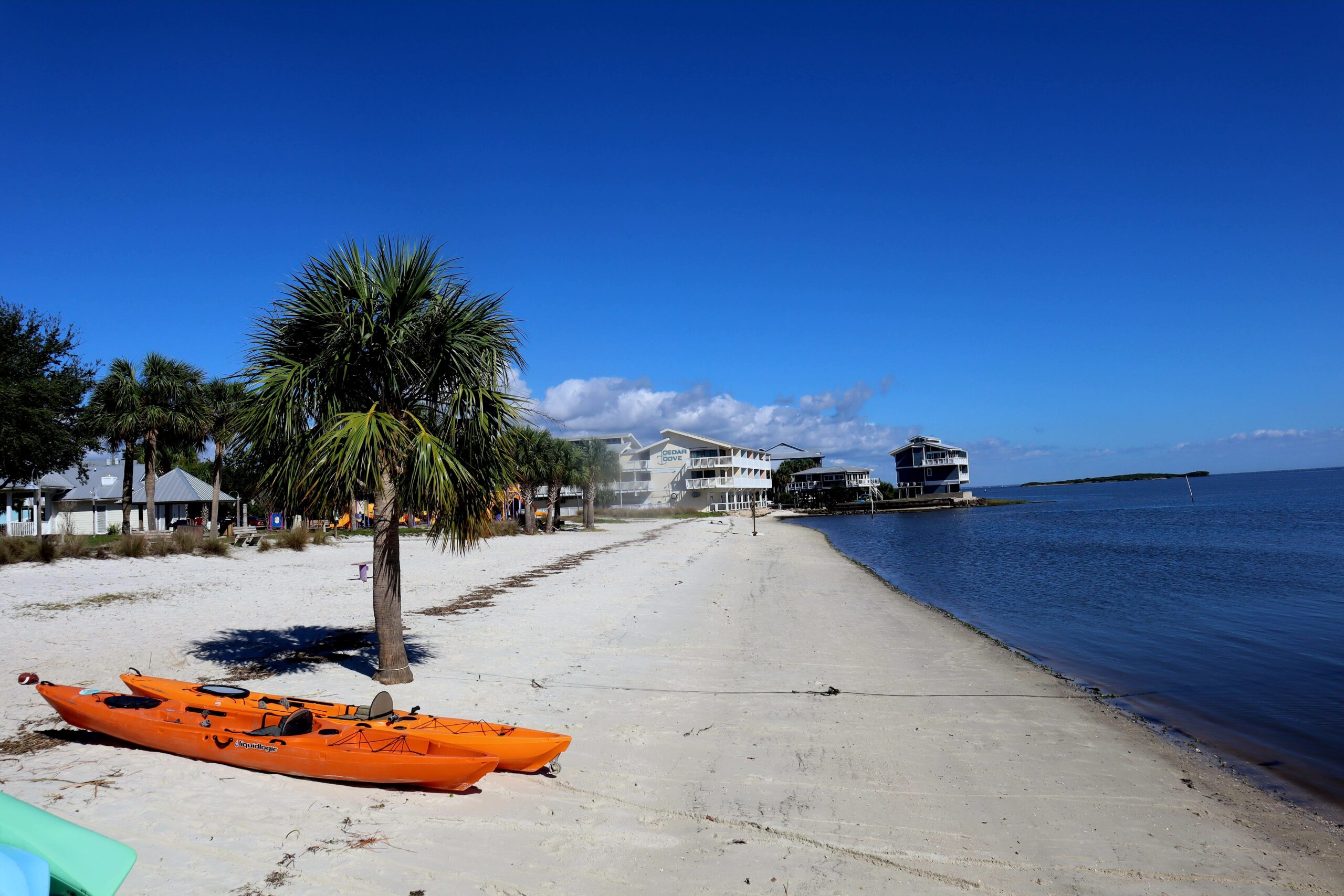
Cedar Key, founded in the early 1850s, is one of Florida’s oldest port towns, located on a small island along the Gulf Coast. Its economy initially revolved around lumber, with cedar trees used for pencil manufacturing. By the late 1800s, Cedar Key was a bustling port, though it slowed down after a hurricane in 1896. The town’s historic district includes 19th-century buildings, reflecting its roots as a working fishing village. Cedar Key is now a quiet, picturesque town known for its seafood, particularly clams and oysters. Annual festivals like the Cedar Key Seafood Festival highlight its coastal heritage. Cedar Key’s small-town charm and scenic views make it a favorite for those seeking a peaceful retreat.
This article originally appeared on Rarest.org.
More From Rarest.Org
Fine jewelry is more than just an accessory; it’s an art form that captures elegance, craftsmanship, and timeless beauty. From iconic brands known for their innovative designs to heritage houses with centuries of tradition, these jewelry makers have shaped the world of luxury with their exquisite creations. Read more.
For coffee enthusiasts who seek more than just a caffeine boost, premium coffee roasters offer a world of rich flavors, ethical sourcing, and expert craftsmanship. From carefully curated blends to single-origin beans, these roasters take pride in their dedication to quality, sustainability, and taste. Read more.
When it comes to vintage cars, some models never got the widespread recognition they deserved, yet have become hidden treasures among collectors. These vehicles may have flown under the radar during their time, but their unique designs, performance, and rarity have made them highly sought-after today. Read more.

